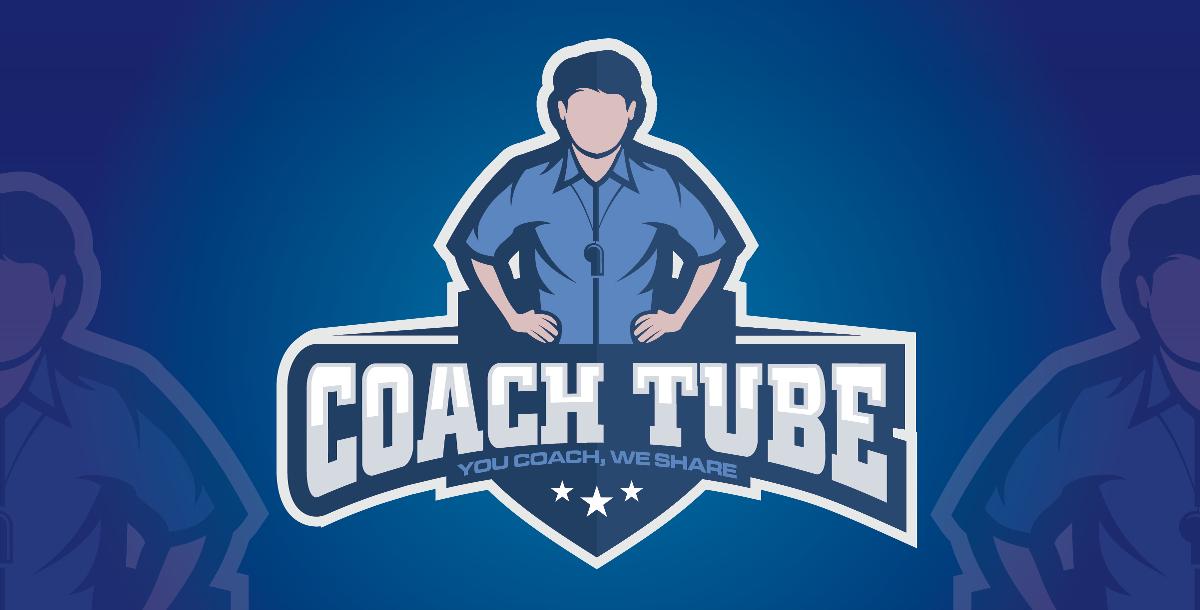1
2
3
4
5
6
7
Lesson 8:
CONDITIONED COUNTER-ATTACKING GAME (PART 3)
In this conditioned game, the focus is on Team A's defensive strategy, as they set up in a 4-2-3-1 formation with a low block. However, the full-backs (2/3) are not included in the defensive setup. This creates an opportunity for Team B to play out from their goalkeeper with a 2v1 or 3v2 overload in their attacking half, as the wide attackers (7/11) are not present in their formation.
The objective for Team B is to break down Team A's defence despite being underloaded with only six players in their attacking half. On the other hand, Team A aims to counter-attack as quickly as possible once they regain possession. They are challenged to take a shot or score within 10 seconds of winning the ball back. Progressions can be introduced to increase the difficulty by reducing the time limit or requiring a certain number of passes in the counter-attack buildup.
If Team A regains possession but loses the ball during their counter-attack buildup, they must quickly transition back into their low block defensive shape. The game restarts with the goalkeeper of Team B playing the ball when it goes out of play.
To further develop the practice, the coach can introduce variations such as funnelling the opposite half or swapping the positions of the full-backs and wingers depending on which team is defending or attacking. This allows both teams to experience counter-attacking situations from deep areas of the pitch.
For more detailed information on this practice, please refer to the attached coaching process document.
9
10
11
12
13
14
15
16
17

Coaching counter-attacking in soccer can have several benefits, both in terms of team performance and player development. Here are some of the advantages: Exploiting Space: Counter-attacking relies on quickly transitioning from defense to offense when the opposing team loses possession. This strategy allows players to exploit spaces left open by the opposing team, as they often push forward to ...
